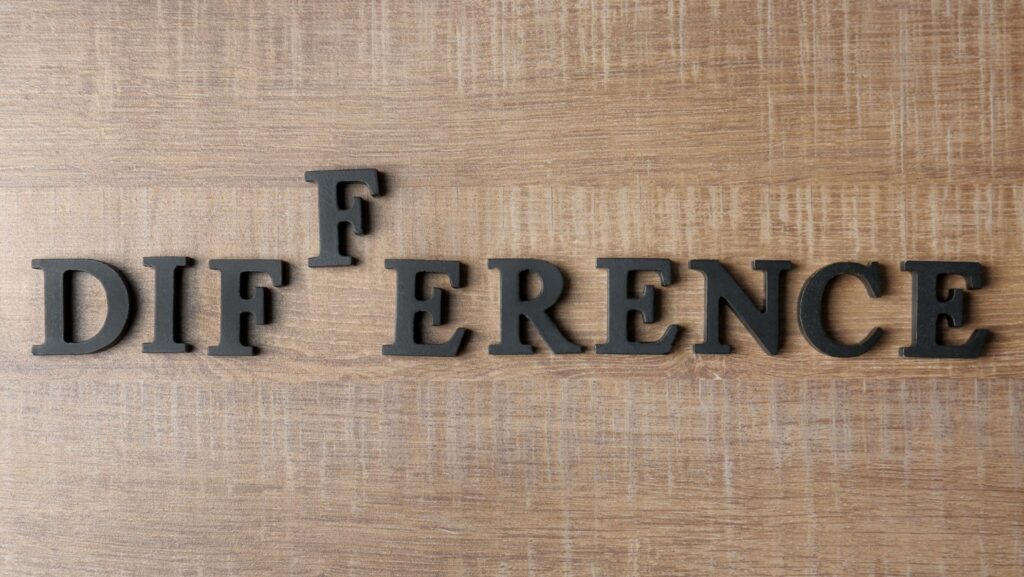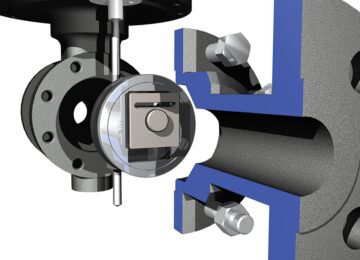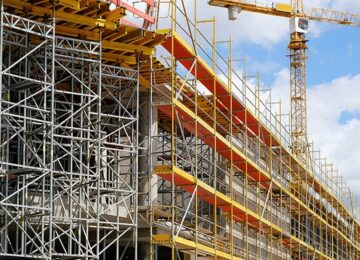Drainage systems are essential for any property to avoid water accumulation and prevent damage to the foundation, landscape, or infrastructure. Two popular types of drainage systems are trench and French drains. In this article, we will explore the differences between them so you can decide which is best for your landscape.
What is Trench Drainage?
Trench drainage is a type of linear drainage system that consists of a long channel or trough with a grated cover. It is typically used to collect surface water or groundwater and direct it toward a drainage outlet. The channels are usually dug into the ground, with sloped sides that allow water to flow freely. The trench grate cover prevents debris from entering the channel and clogging it up. Trench drains can handle large volumes of water quickly due to their wide and deep structure. They are also easy to clean and maintain since the grates can be removed for debris removal.
What is French Drainage?
French drainage is an underground drainage system that channels water away from a specific area by using a perforated pipe surrounded by gravel or rock. It is designed to redirect groundwater or surface water that collects in low-lying areas such as lawns, gardens, or basements.
French drains work by allowing water to seep through the gravel/rock layer into the perforated pipe, which then carries it away from the property via gravity flow. Since they are buried underground, they do not affect the aesthetics of the landscape.
Differences Between Trench Drainage and French Drainage
- Design – Trench drains are visible on the surface, with grates covering their entire length, while French drains are hidden underground, with only their access points visible.
- Cost – Trench drains are more expensive than French drains due to their complexity and the need for professional installation. However, they are also more efficient at draining water and can handle higher volumes.
- Maintenance – Trench drain maintenance involves regularly cleaning out debris accumulated on top of grates, while French drain maintenance requires periodic inspection for clogs in pipes caused by soil/sediment buildup.
Which One Should You Choose?
The choice between the trench and French drainage depends on several factors, such as location, budget, design preferences, and specific needs. Here’s how you can decide:
Location
If you have surface water issues due to heavy rainfall or runoff from hardscapes like driveways/patios etc., then trench drainage may be more suitable since it can handle larger volumes of water quickly without affecting your landscape aesthetic.
On the other hand, if you have groundwater issues due to high soil saturation levels in low-lying areas like basements/ gardens/ lawns etc., then a french drain may be more effective since it redirects subsurface water away from your property via gravity flow.
Design Preference
If you want your drainage system to remain hidden and out of sight, then French drains are the way to go. However, if you prefer a more decorative look, then trench drains may be a better option since they can be customized with various grates and covers.
To Conclude
Both trench and French drainage systems serve different purposes when it comes to managing excess water around your property, whether it’s surface runoff or subsurface groundwater. Ultimately choosing one over another depends upon several factors. If you’re still unsure, consult a professional for the best advice. With their help, you can find the right system that suits your needs and meets your expectations.












